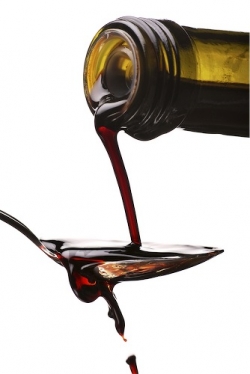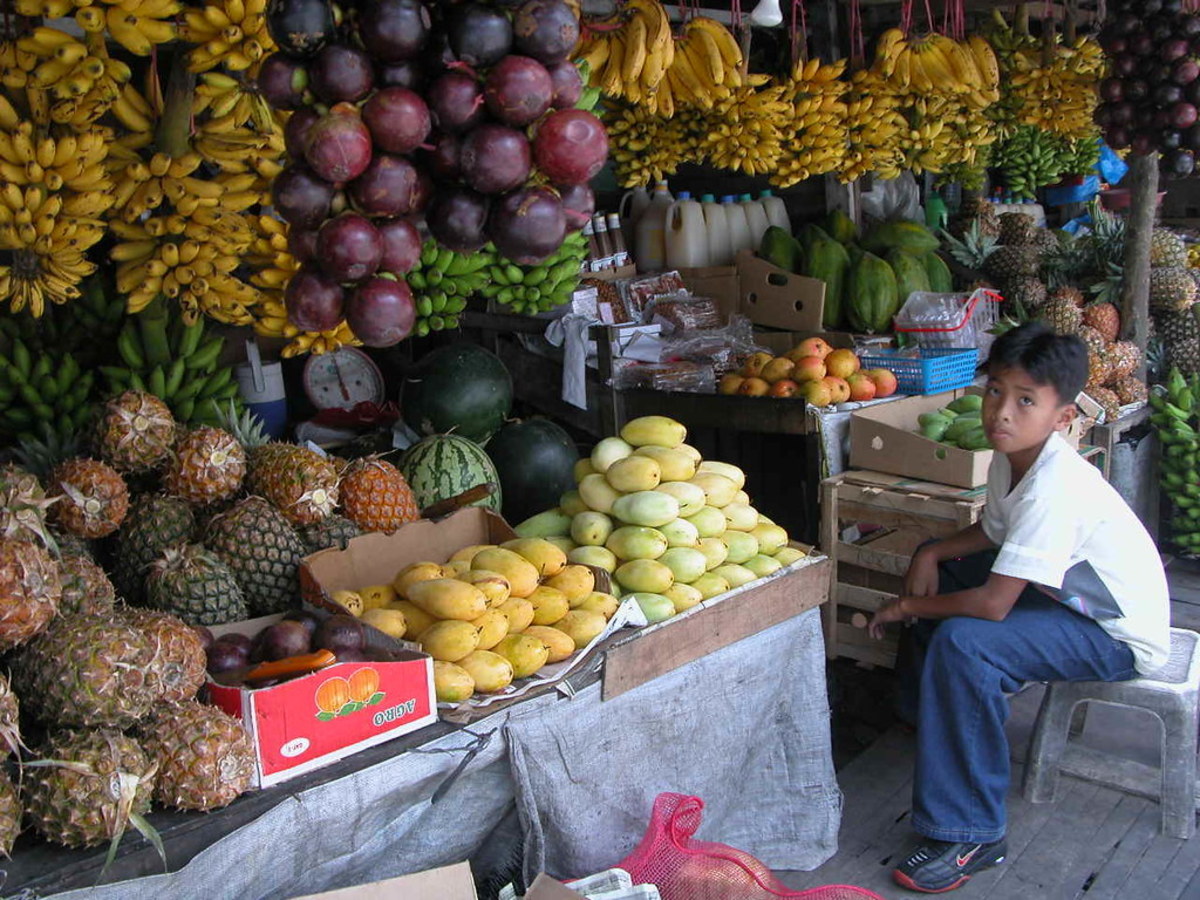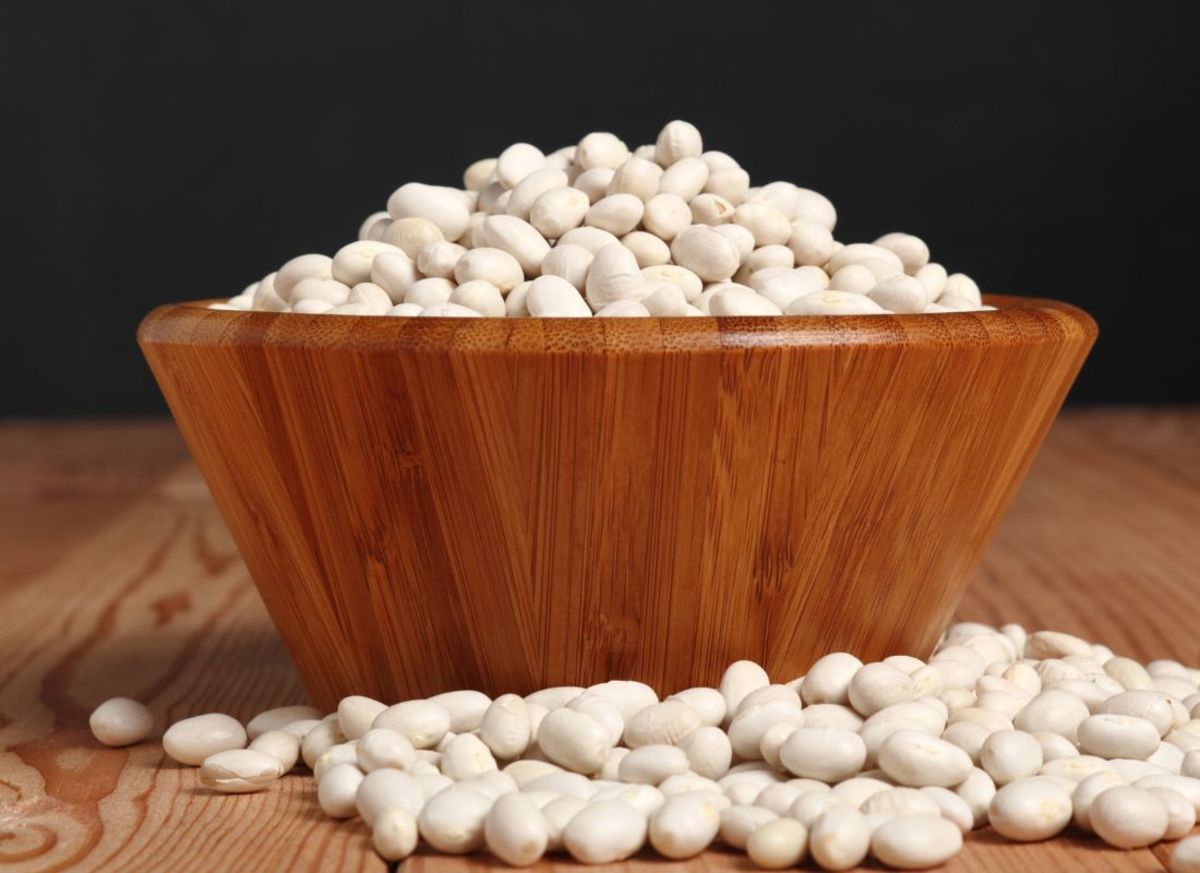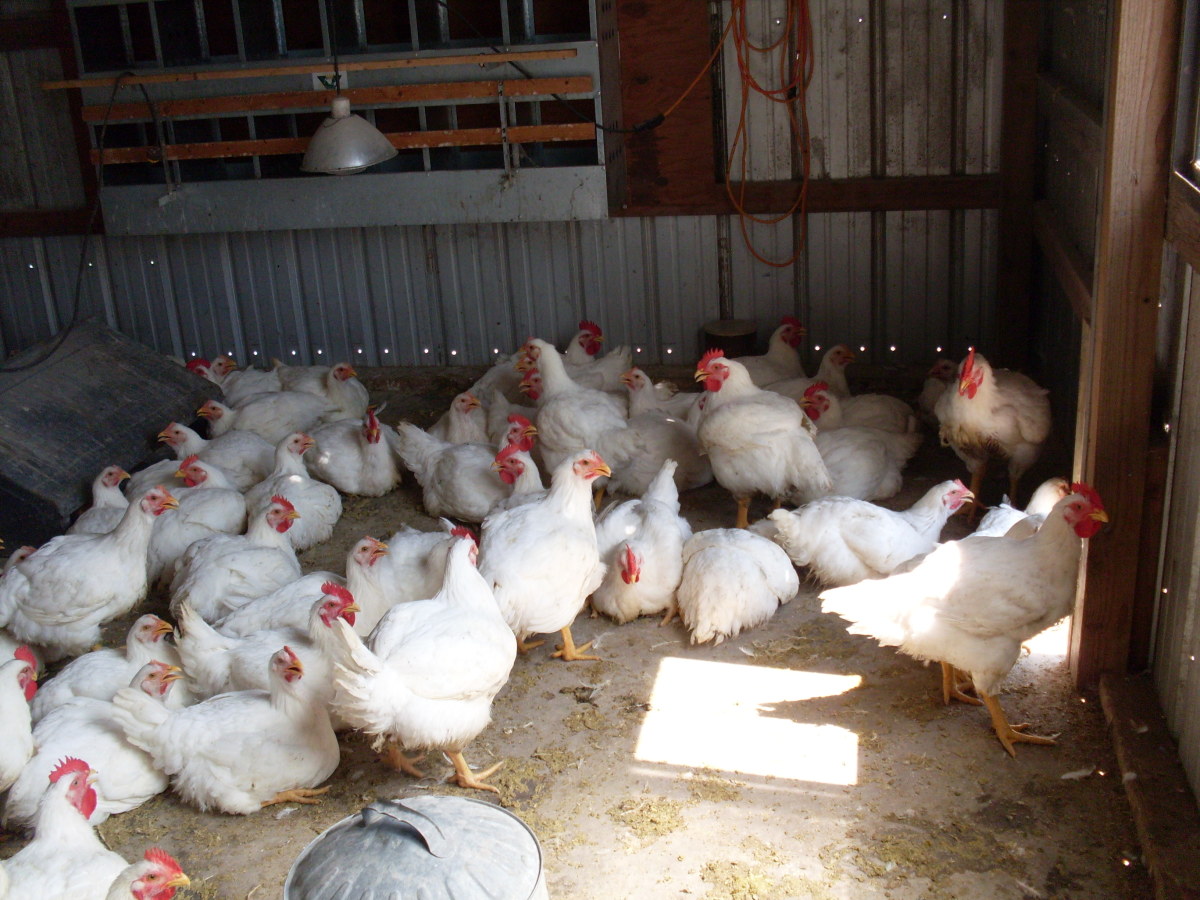Everything-Vinegar
Vinegar Information Page
Vinegar is one of nature's most important gifts, made to human race. Any alcoholic beverage, whether it's made from apples, grapes, dates, rice or sugar, once exposed to air will turn, naturally, into vinegar. There are so many uses of vinegar, from cleaning to disinfecting, from food recipes to losing weight diets, from natural beauty recipes to pickles, it's all about the vinegar!

History of Vinegar
- The first historical notes on the vinegar, were from Babylon, since 5000 BC when the Babylonians obtained vinegar and wine from dates. They used vinegar as a food and as a preservative, or pickled fruits and vegetables in it.
- Vinegar residues were found in vessels of ancient Egypt from around 3000 BC.
- The first notes about vinegar from China dating from around 1200 BC.
- In the Bible, the vinegar is mentioned in both Old and New Testaments as the flavoring of food, or energy drink. For example, after working the field where it was cultivated barley, Ruth was invited by Boaz for dinner, and he offered her, bread soaked in vinegar. Hippocrates, considered the father of modern medicine, prescribed in around 400 BC, apple cider vinegar mixed with honey as a medicine against coughs and colds.
- Vinegar dissolving power was used by the Carthaginian general Hannibal, when he passed the Alps to invade Italy. Vinegar was poured over hot rocks to break, so the road croind troops and elephants.
- Cleopatra, Queen of Egypt, astonished the Roman general Marcus Antonius, when she dissolved an extremely precious pearl in vinegar and drank the mixture. In doing so, she proved that the she can organize a table for 2 that costs a fortune.
- Diluted vinegar was used as a tonic for the military. Roman soldiers called it refreshing drink "posca" and used it regularly, like the Japanese samurai. Adding vinegar to water has a disinfectant effect, killing bacteria and viruses. During the American Civil War, apple cider vinegar was used as a disinfectant.
- In the Middle Ages, armor and polishing were cleaned using vinegar with an abrasive material such as sand.
- Vinegar was used by European alchemists. Pouring it over the lead, they got a sweet-tasting substance called "sugar of lead", which was used even to the 19th century to sweeten cider that tasted too harsh. Unfortunately, lead acetate is also very poisonous, which has led, over time, many deaths (vinegar should never be stored in containers made of metal, copper, lead and iron in glass or crystal, which is also rich in minerals of lead).
- Louis XIII of France (1601-1643) has paid 1.3 million francs for the vinegar used in many battles, to cool the guns. Vinegar applied over hot pipes cannon, not only have a cooling effect, but clean metal surface and inhibits rust formation.
- Between 1347 and 1771, many European cities have been hit repeatedly by bubonic plague. It is estimated that about 50 million people died from the disease, spread from rats to humans through flies. In 1721 the plague struck so hard for French cities, that the dead could not be buried decently. Forced by circumstances, the French authorities have used prison inmates to bury the bodies. Most of them have died, contaminating it with the plague, but according to legend, a team of four convicts managed to survive by drinking large quantities of vinegar infused with garlic. As a result, the vinegar flavored with garlic is sold now as "vinegar of four thieves."
The Vinegar: how it's made ?
Vinegar is the product obtained by aerobic fermentation of wine or alcohol under the effect of a yeast, Mycoderma aceti, which oxidize the ethanol to acetic acid. Vinegar has an acetic concentration expressed in practice by "acetic degrees" , which is the concentration percentage of acetic acid, contained. For example, a vinegar with a 9% acetic acid concentration is called the a " 9 degrees" vinegar.
Other industry specific terms - definitions:
Acetobacter - a bacteria used in food technology because of its metabolic properties, which ensures the oxidation of ethanol to acetic acid, a process that underlies the obtaining of the vinegar.
Anguillule - a small worm, which is specific to fermentation, is the basis for obtaining vinegar, with several species parasitic to plants, animals and man. It belongs to the class of nematodes, the most common species are: anguilula wheat, sugar beet anguilula.
Vinegar is a dilute solution of acetic acid in water, also known as fermentation vinegar , which is obtained from liquids containing alcohol, by subjecting them to acetic fermentation.Vinegar fermentation is obtained after the nature of the raw material: the altered natural wine, malt, malt leaven subjected to alcoholic fermentation, from fruits, from ethyl alcohol produces in the wine industry.
Currently, in the world, there are made a variety of types of vinegar. The largest amount is produced by converting the alcohol in alcoholic fermentation. There are obtained the red and white wine vinegar, vinegar made from malt in beer, cider, fruit (apples and pears, bananas, mangoes, citrus, coconuts) and from the rice alcohol in Asia. World production of vinegar, acetic acid easily expressed, is over 200 thousand tons, which means about 2 billion liters of vinegar.
Taking into consideration the taste of the vinegar, the first place is occupied by the wine vinegar and the malt vinegar. These two items have appeared in the late eighteenth century. Growing demands of vinegar, limited quantities of raw material to manufacture wine vinegar and the relatively complicated production process of the malt vinegar , have led to the production of vinegar from the ethyl alcohol in the wine.
Since then, the vinegar industry has seen the possibility of a broader expansion by existing alcohol industry. Relatively simple manufacturing of the vinegar from alcohol, further strengthened its dominant position.L. Pasteur was the first to prove that the acetic acid derived by oxidation of ethanol, and Acetobacter was highlighted, as having the main role, as a microorganism in this transformation.
For the scientist, the key challenge was to find means of preventing the development of parasitic vegetation that was the cause of diseases in wines. The scholar has observed, after a series of experiments, there was needed to raise a few seconds the wine temperature to 50 or 60 ° C.
Vinegar made from this fermentation is in the form of a colorless or colored, sour taste. It can be obtained by acetic fermentation of dilute alcoholic liquid (wine, beer, alcohol, refined grinding diluted), dry distillation of wood or dilute acetic acid easily.
Types of Vinegar
Influence of technological process on the quality of fermentation vinegar is not negligible and in some cases (balsamic vinegar ) is very important. However, the most important factor is the raw material. Depending on the nature of raw material, there are several different types of vinegar, summarized here.
Wine vinegar.
It is produces from standard wine. However, there are commercial items that are listed as "vinegar of wine", although only a part of the initial substrate is made from wine, the rest is another hydroalcoholic liquid, usually a mixture of alcohol and water. There are generally used poor quality wines, in terms of volatile acidity, with a low content of sulfur dioxide or other substances that could inhibit the acetic bacteria. The wine vinegar color varies from pale yellow to red, depending on the types of wine used as raw material. The standards imposed by the European Committee, for example for wine vinegar, must have a total acidity of at least 6 g/100 ml, and ethanol content should be less than 1.5% (vlv).
Fruit vinegar
Fruit vinegars are obtained by acetic fermentation of alcoholic solutions obtained from fruits. The most popular product of this type is the apple vinegar, which has a light yellow color and a specific flavor.
Rice vinegar.
It is mainly produced in Asia from hydroalcoholic liquid obtained by alcoholic fermentation of rice mash, sometimes the rice spirit. Traditional methods use slow acetic fermentation, but there have been developed submerged processes, as well.
Vinegar from alcohol
It is sometimes called white vinegar. It is obtained by acetic fermentation of substrates obtained by diluting spirits and the addition of nutrients. Normally, this type of vinegar is colorless and has no flavor.
Balsamic vinegar
It is a special product, produced through molecular technology which starts with the grape must. Immediately after the start of alcoholic fermentation of the must (about a day after pressing), it is concentrated by evaporation, until the volume is reduced to one third of the original. Then this substrate is subjected to alcoholic and acetic fermentation very slow ongoing. During this time, the solution is passed successively through the various species of wood barrels.The process takes between 5 and 12 years, sometimes longer. The product has a high content of dry matter, a special flavor and an acetic strength of 6-15 degrees. Compositional ratios of vinegar varies greatly depending on the raw material used and the adopted technology.
25 cleaning tips using vinegar
1. Remove the unpleasant smell coming from the sink: Pour in one the drip a cup of sodium bicarbonate, then a cup of hot vinegar. Let stand for 5 minutes. Then rinse with hot water.
2. Deodorizes any plastic container with a nasty smell: make vinegar cubes and rub the container and then rinse with hot water.
3. Clean shelves: wipe surfaces with a cloth soaked in vinegar.
4. Clean the fridge: Use a mixture of water and a good measure of vinegar to clean the shelves and its walls.
5. Remove dirt and odors of the dishwasher: Once a month, put a cup of vinegar in the dishwasher and let it run the standard program.
6. Clean the grease from the oven: If you have grease stains on the oven door, put some vinegar directly on stain, leave on for 15 minutes and clean with a sponge.
7. To give a glow to anything made of glass: use a cloth soaked in vinegar to wipe any glass. After several minutes, rinse with hot water.
8. To remove white marks from the water kettle. Fill the jar with vinegar and put it to boil. Then stop and let it cool. Take vinegar and rinse well.
9. Remove stains from coffee cups: Make a paste of equal parts salt and vinegar (you can replace salt with baking soda) and rub well the jugs. Then rinse with water.
10. Trays clean (remove stains and odor). Wipe them with a cloth soaked in vinegar.
11. Remove stains from aluminum vessels: boil a cup of vinegar with one cup of water in the dish you want cleaned.
12. Keep insects away: put some vinegar at the entrance and on window frames and anywhere you see traces of larvae.
13. Clean utensils by spreading vinegar and rubbing well.
14. Remove stickers and labels: cover the with a cloth soaked in vinegar. Leave it overnight - it should slide down until morning.
15. Give gloss to any porcelain sink: a bit of vinegar to rub it better would make them blink.
16. Clean sediments stone: Put some vinegar on the area you want cleaned, allow it to work a few minutes and scrub with a tooth brush.
17. Clean the shower door: spray vinegar and thoroughly clean to remove traces of soap or water spots left rough.
18. Clean the dirty shower head: put in a bag ½ cup of baking soda and one cup of vinegar and put inside the shower head. Tie the bag as it does not fall and so the shower head to stand in the solution. Leave on for an hour. Then remove the bag and let go in the shower.
19.A clean toilet: Put a cup or two of vinegar in the toilet bowl and leave overnight. The next day clean the toilet with a brush.
20. Clean surfaces of linoleum: Add one cup of vinegar and water at every 4 liters and wash away.
21. Clean paint brushes: brushes soak for an hour before you cook over low heat to remove hardened paint. Drain them and rinse them.
22. Clean the grill: rub the grill with a piece of cloth soaked in vinegar.
23. Disinfect timber bottoms: Wipe it with vinegar and then rinse them well.
24. Clean the microwave: Place in a bowl that you can use in the microwave, 2 cups water and ½ cup of vinegar. Let it run at full power for 3-4 minutes until beginning to boil. Keep the door closed a few minutes to let the steam inside to spread well. Open the door a little bit. Then remove the bowl (carefully!) And wipe oven walls with a sponge.
25. Make the leather accessories shine by rubbing them with a cloth soaked in vinegar. Then dry with another clean cloth.



